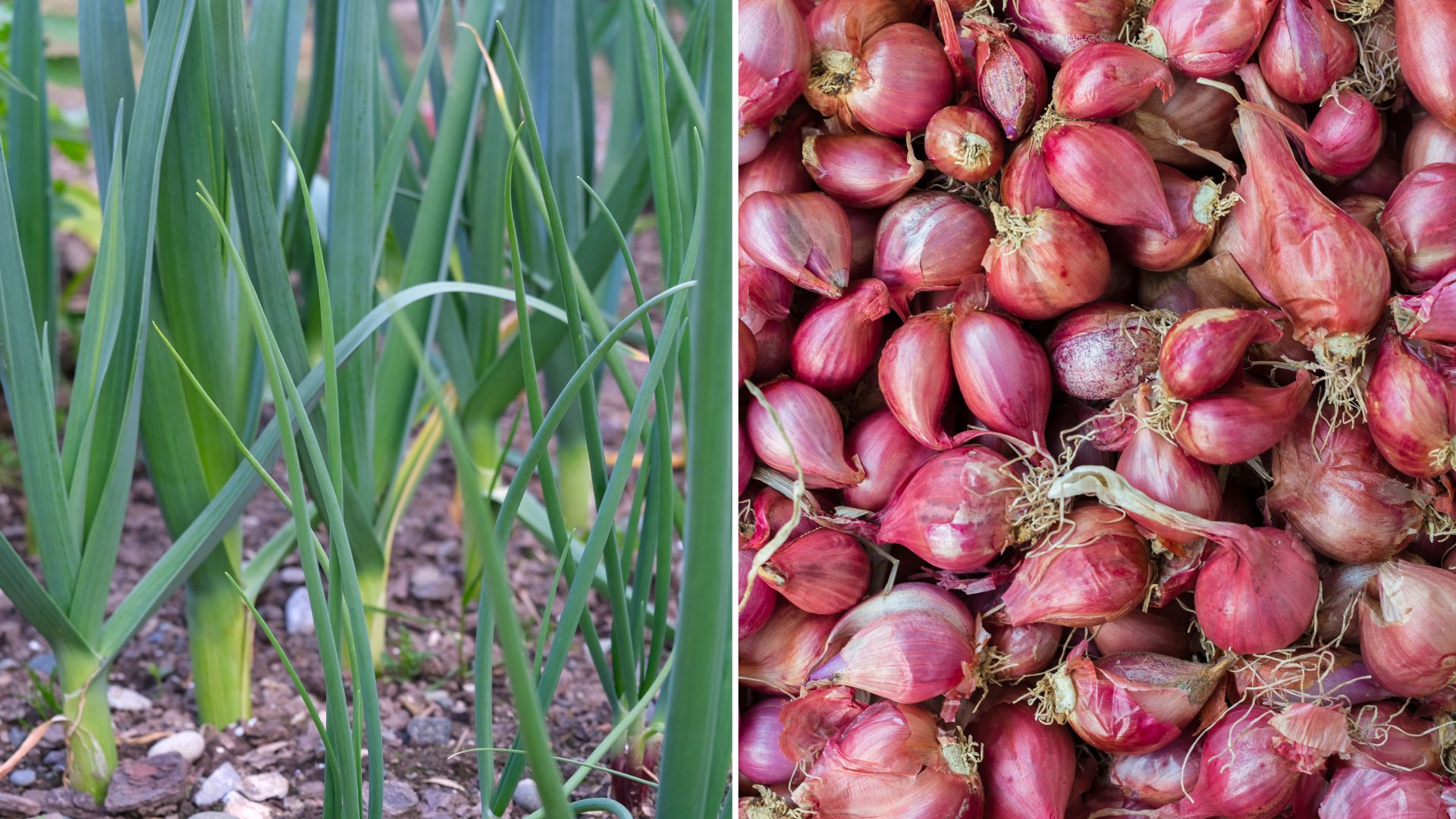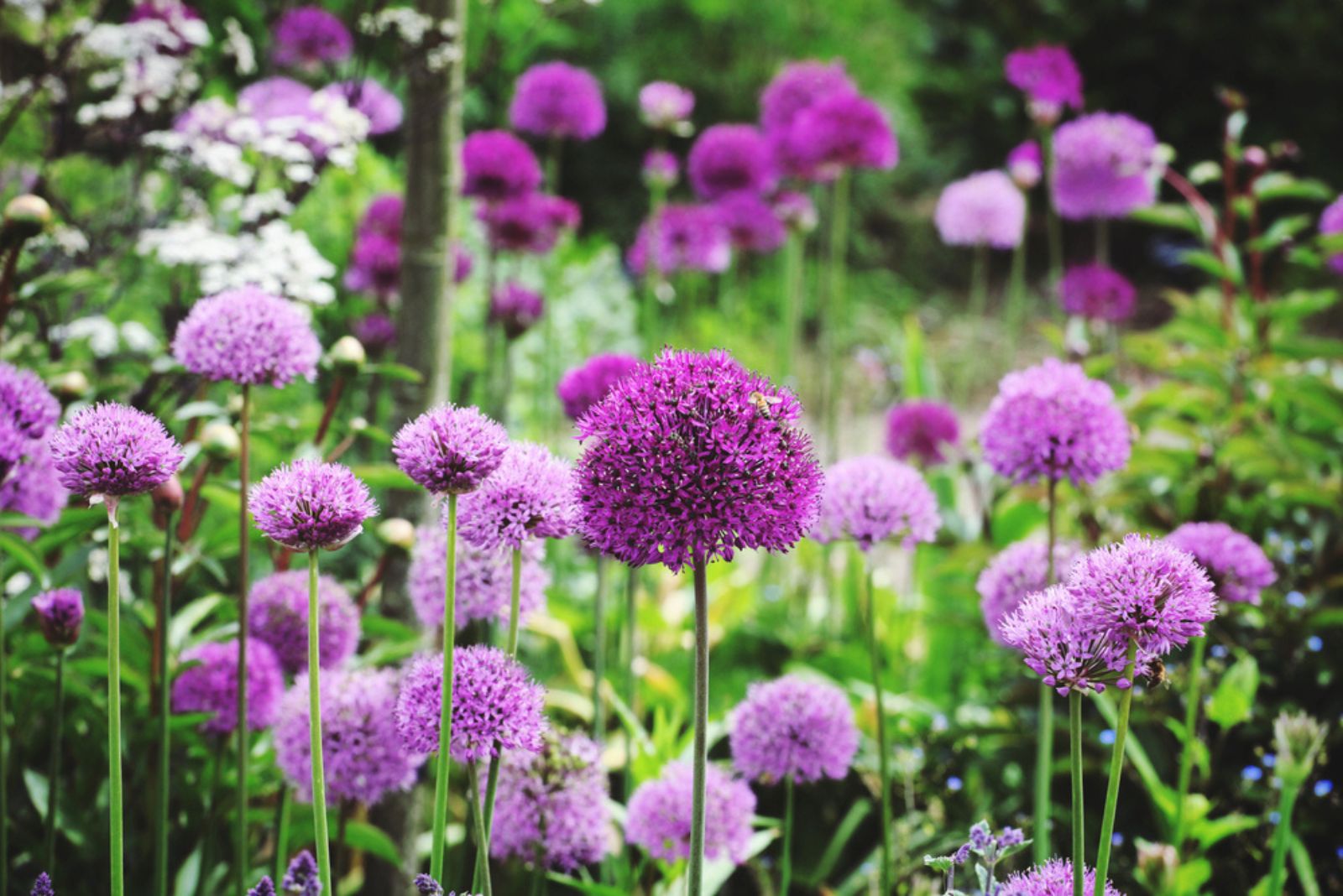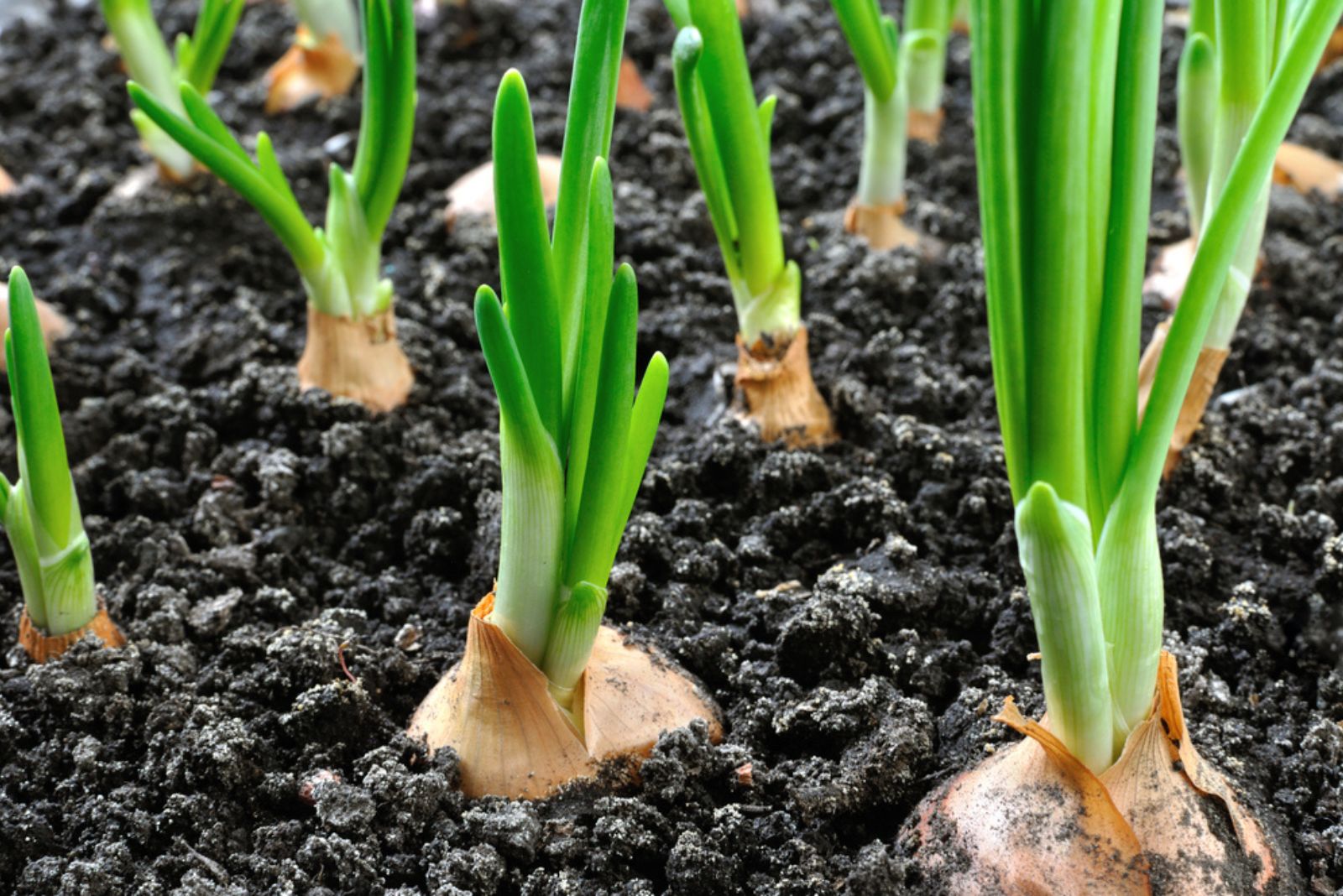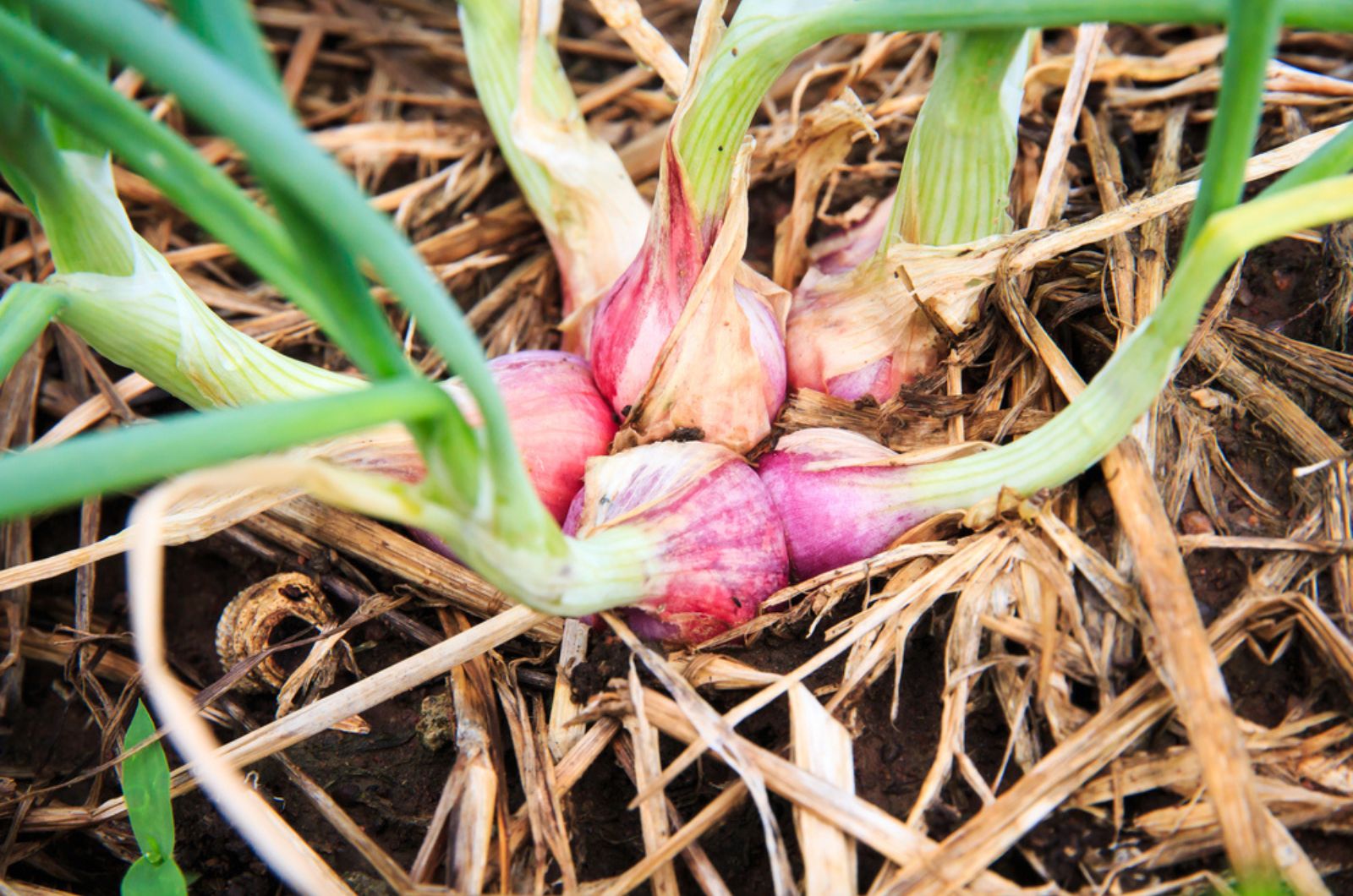Fall is every gardeners’ favorite season because everything they’ve been doing for the past summer finally pays off. Those who live in cooler climates are probably preparing to put their garden beds to sleep because nothing grows during this period.
Technically, you can’t harvest anything during winter but there’s one thing you can do: plant vegetables in the fall to harvest next spring.
Now the only thing that remains to be discussed is what veggies you can plant, and that’s exactly what this article is about.
Let’s get started!
Optimal Timing For A Fall Garden
Gardeners in warmer climates are used to fall gardens but that’s not the case when it comes to colder regions.
The perfect time to plant veggies is when the temperatures range from 50 to 60 degrees Fahrenheit.
The weather should be cool but you shouldn’t wait for the temperature to go below freezing.
Now let’s see what to plant!
Alliums: Plant Now, Harvest Next Year
The vegetables planted in the fall that will produce crops as soon as the spring arrives are plants from the Allium genus, which includes onions, shallots, and garlic.
These plants take more time to mature fully and they can survive winter by relying solely on their roots.
The sprouting stage comes in spring, which means that the first step you need to take is to label each plant because you don’t want to plant another plant over them.
You’ll also need to add a layer of mulch because it will prevent weed development, and apply fertilizer, such as bone meal, to get a bountiful harvest next season.
Now let’s find out more about each Allium plant and see some growing tips!
Onions
These famous veggies are one of the longest-to-harvest and they need approximately 10 months to fully mature.
Onions are considered perennials and the best thing about them is that they’ll keep generating crops as long as you want them to.
The onions we plant are referred to as ‘sets’ and they’re basically the bulbs we cultivated the season before. This is the main reason why these veggies do well in cooler conditions.
Onions are ready to harvest when their base (the part above the soil line) turns yellow or darker, depending on the cultivar.
Leeks
These veggies aren’t grown from bulbs but rather from seeds. The spacing between each seed should be approximately 6 inches.
We don’t grow leeks from bulbs but we should still apply a 4-6 inch layer of mulch to protect them from freezing temperatures.
Regarding the time for planting leeks, it’s basically the same as for onion sets so it mainly depends on your region.
However, these Alliums need less time to mature so expect the harvest in about 6 to 7 months.
The easiest way to tell if your leeks are fully mature is by measuring the diameter of their base; if it ranges from ¾ inch to an inch and a half, they’re ready!
Garlic
Planting garlic in the fall will ensure harvest the next spring. However, you won’t be harvesting bulbs until the summer, but rather the scapes, which I also find very delicious.
These veggies develop in clusters so all you need to do before planting is to separate the cloves and then plant them with the papery ends facing upwards.
When purchasing garlic bulbs, don’t go to grocery stores; buy them from seed companies because they are more resistant to diseases and aren’t pretreated to prevent sprouting.
The best option is always to grow garlic from the bulbs you cultivated the previous season.
Shallots
If you’re an impatient veggie grower, shallots are the perfect plant for you. They resemble garlic because of their clump-forming habit but they’re layered more like onions, which is the reason why many think shallots are a mix between the two.
As soon as the spring arrives, you’ll be able to harvest your shallots. It will depend on the exact planting time and the duration of the cold season.
The easiest way to tell if your shallots are ready to be picked is by observing the base of the greens; a yellow or darker base is the signal for the harvest!
Bunching Onions
If waiting for the harvesting of the bulbs and curing them seems too long, you can always plant bunching onions.
The main reason why we grow these plants is because we want to harvest greens ASAP. The bulbs are edible but it seems that everyone prefers the greens.
These types of Alliums are ready to harvest when they’re approximately 6 inches tall and about an inch and a half in diameter.
I should warn you that planting Alliums near each other isn’t a good idea because of increased pest and disease susceptibility.
That’s it! All you need to do now is follow our guidelines and enjoy the distinct flavor of Allium plants the next spring!







